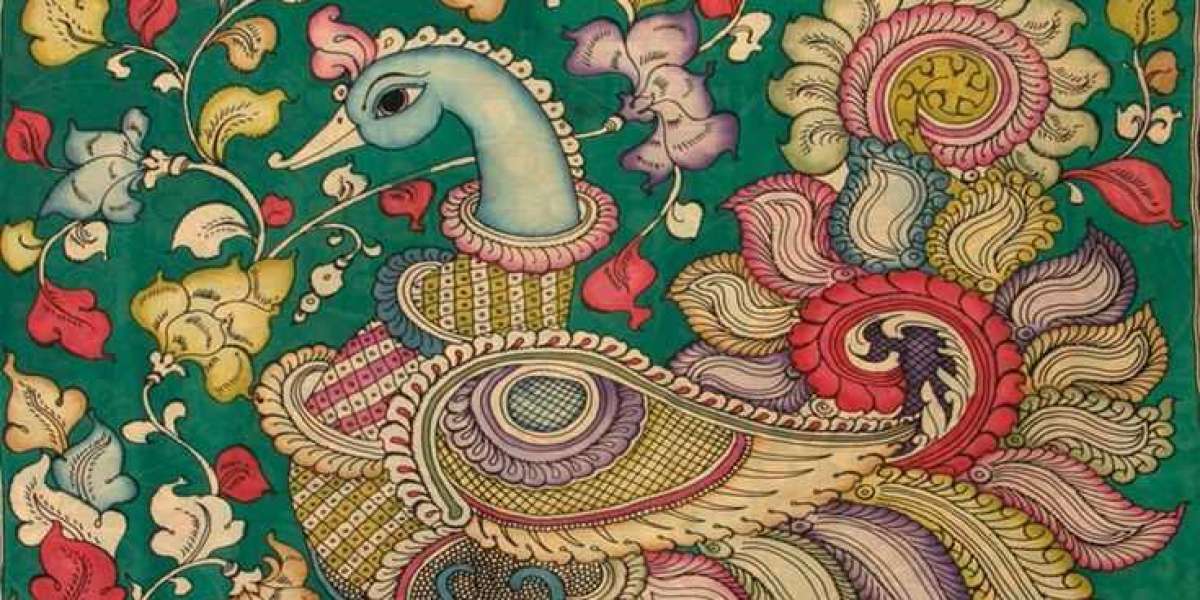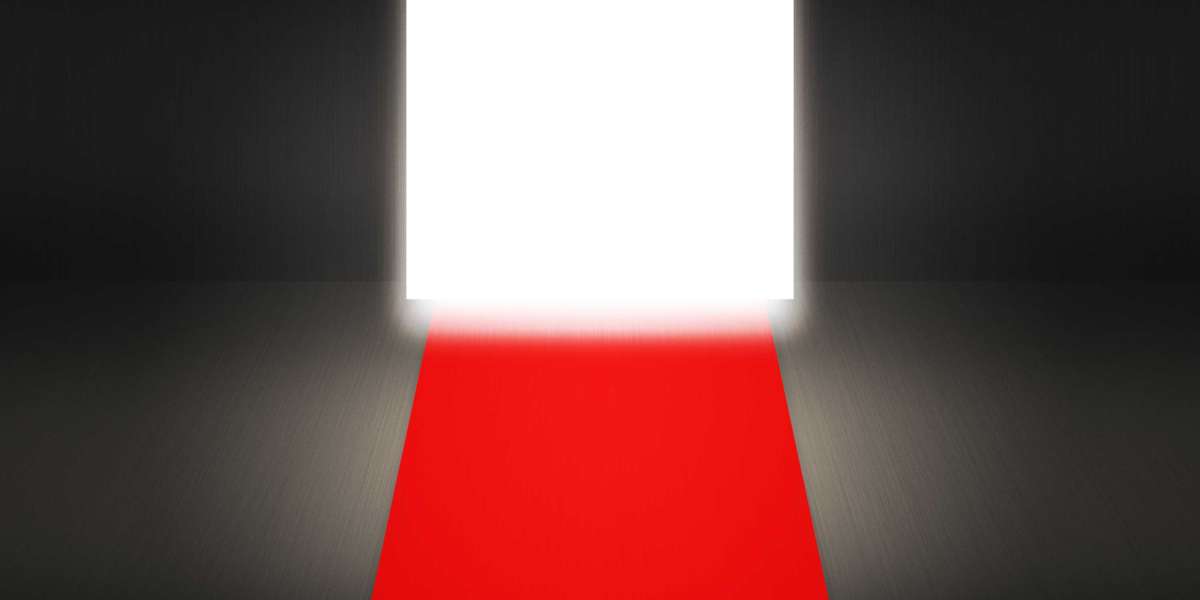Kalamkari painting is more than just an art form—it's a beautiful conversation between the artist and the canvas, told through natural dyes and intricate handwork. If you've ever seen a Kalamkari piece, you’ll know it’s not just painted—it's crafted with patience, tradition, and soul.
But what goes into creating such magic? Is it just about the brush and fabric? Not quite! Today, we're diving deep into the essential materials and tools for Kalamkari painting. Whether you're a curious beginner, an art lover, or someone eager to try it out, this guide will walk you through the must-haves to get started.
1. Introduction to Kalamkari Painting
Kalamkari, derived from the Persian words kalam (pen) and kari (craftsmanship), literally means pen craft. This 3000-year-old Indian art form involves hand-painting or block-printing on fabric using natural dyes. Kalamkari is not just painting—it's storytelling, where each motif and figure shares ancient legends, deities, or nature-inspired tales.
2. Types of Kalamkari Styles
There are two main styles:
Srikalahasti Style – Primarily freehand drawing using a bamboo pen. It’s detailed and intricate, often narrating religious epics like Ramayana and Mahabharata.
Machilipatnam Style – Uses block printing with hand-carved wooden blocks dipped in natural dyes. It’s more decorative and floral.
Each style needs its own set of tools and techniques, but both rely heavily on natural, eco-friendly materials.
3. Fabrics Used in Kalamkari Painting
Not all fabrics can hold the natural dyes and detailed brushwork of Kalamkari. Artists usually go for:
Cotton – The most traditional and preferred choice. It absorbs natural dyes well.
Silk – Used for more luxurious Kalamkari pieces, though it requires extra care.
Khadi – A handspun fabric that gives a raw, earthy finish to the artwork.
Before painting, the fabric is always treated to make it ready to absorb colors.
4. Prepping the Fabric: The First Step
This is where the real magic begins! Raw cotton contains oils and starch that prevent dye absorption. So, it's treated with a mixture of cow dung, bleach, and Myrobalan (haritaki fruit powder) and then sun-dried.
Sounds odd? Think of it as “priming the canvas”—just like a wall needs prepping before you paint it.
5. Natural Dyes and Their Ingredients
Kalamkari only uses natural dyes, which makes it super eco-friendly. Here are some key ingredients:
Black – Derived from jaggery, water, and iron filings.
Red – Comes from madder root or alizarin.
Yellow – Extracted from pomegranate peels.
Blue – Made from indigo leaves.
Green – A mix of yellow and indigo.
Brown and other shades – Achieved by combining base colors.
Each of these is prepared with care, boiled and mixed until they’re just right—like cooking a fine meal.
6. Making of the Colors: Dye Preparation
Color preparation is a patient process. Artists soak ingredients like alum or tamarind seed powder for hours, sometimes days, to create a color concentrate.
Think of it like brewing tea—if you rush it, it just won’t taste (or look) right.
7. Brushes and Kalam: The Artist’s Magic Wand
The kalam (a pen-like tool) is the soul of Kalamkari. It’s handmade using:
A bamboo stick, shaped into a point.
The tip is wrapped with cotton or hair, to absorb dye and allow for smooth flow.
There are usually two types:
Fine tip kalam for outlines.
Broad tip kalam for filling in color.
8. Bamboo Pen (Kalam) – The Soul of Kalamkari
Why bamboo? It’s light, strong, and natural—just like the art itself.
Artists carve it to a fine point and use it like a fountain pen. The cotton at the tip holds just enough dye to glide effortlessly, giving those clean, delicate lines that Kalamkari is famous for.
9. Other Tools You’ll Need
Besides the kalam, a few more tools help make the process smoother:
Earthen pots – To store natural dyes.
Mortar and pestle – For grinding natural ingredients.
Wooden blocks – For block printing style.
Clips and boards – To hold the fabric in place.
These tools may seem simple, but they’re powerful when in the hands of a skilled artist.
10. The Role of Fire and Water
Surprisingly, both fire and water are key players in this process.
Fire – Used to heat and fix certain dyes.
Water – Used in almost every step—from washing the fabric to dissolving dyes.
Every dip, every rinse matters. Too much water and the colors fade too little, and they don’t spread right.
11. Sketching and Outlining
Artists usually sketch the design with charcoal or pencil first. Once happy with the layout, they use the black dye and fine kalam to go over the lines. This outlining step brings the artwork to life—it’s like drawing the skeleton before adding muscles and skin.
12. Painting Techniques in Kalamkari
Patience is everything here. Artists fill in the colors layer by layer, letting each dry before applying the next. It’s slow, meditative, and deeply satisfying.
Each element—be it a flower, bird, or god—is colored with care. Often, a single piece takes weeks!
13. Drying and Washing the Artwork
After coloring, the fabric is dried in shade—not sun—to preserve the natural pigments.
Then comes the final wash, often in running water, followed by a dip in alum solution to fix the colors.
This wash is essential—it’s the difference between a lasting piece and one that fades in a few months.
14. Common Mistakes to Avoid
Skipping fabric prepping – Colors won’t stick.
Using synthetic dyes – Not only unauthentic but also damaging.
Rushing the drying process – Leads to smudging.
Improper storage of dyes – Can spoil the ingredients.
Like baking, every step in Kalamkari needs precision and patience.
15. Caring for Kalamkari Tools and Artwork
Once you’ve created your Kalamkari piece, take care of it like a treasure.
Store brushes and kalams properly—clean and dry.
Keep dyes in cool, airtight pots.
Don’t fold freshly painted fabric—roll it instead.
Always handwash Kalamkari art with mild soap.
With care, Kalamkari tools can last years—and your artwork, even longer.
Conclusion
Kalamkari painting isn’t just about putting color on cloth. It’s a dance of tradition, patience, and creativity. Each tool and material—from the humble bamboo kalam to the earthy pomegranate peel—plays a sacred role in keeping this age-old art alive.
If you've ever wanted to try Kalamkari, start with the basics, respect the process, and let your creativity flow. Who knows? You might just fall in love with the journey as much as the result.














